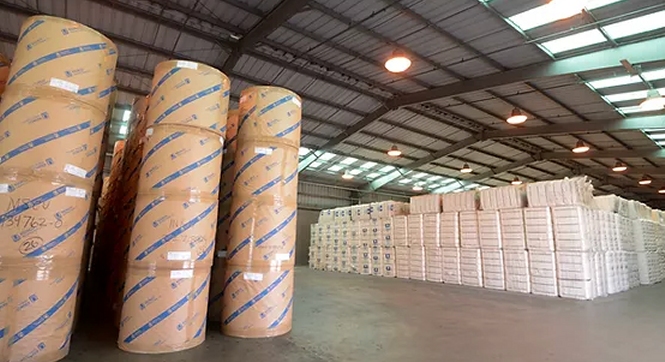|

Precision Terminal Logistics Acquires The Kearney Companies
Jan. 17, 2022 - Precision Terminal Logistics (PTL), effective December 31, 2021, acquired The Kearney Companies, Inc. (KCO) of New Orleans, Louisiana and Kearney Page Warehouse Services (KPWS) operating in Savannah, Georgia.
KPWS will be rebranded as The Kearney Companies – Savannah. David Kearney will retain his position as president of both companies and will continue to be an equity owner.
PTL President Ray Nixon said, “The acquisition expands two critical gateways at a crucial time when customer supply chains at ports are backlogged and need enhanced capacity.”
PTL’s owners, Anacostia Rail Holdings (ARH) and Brown Brothers Harriman Capital Partners (BBH), will provide additional resources and strategic partnerships to the companies and their clients.
Today, KCO operates more than 500,000 square feet of rail-served warehouse capacity and 60 acres of yard capacity in the Port of New Orleans gateway. These facilities are served by the New Orleans Public Belt Railroad (NOPB) that connects directly with six U.S. Class I railroads (BNSF, CN, CSX, KCS, NS, UP).
KCO’s services include commodity warehousing, barge and rail transloading, coupled with full-service ocean container drayage operations and inland freight management services. KCO handles agriculture and manufactured products including corn meal, rice, paper, chemicals, lumber, steel and non-ferrous metals products.
The Kearney Companies – Savannah operates a 400,000 square foot warehouse in Garden City, Ga. near the Georgia Port Authority - Savannah Container Terminal, served by CSX. Kearney manages high volume cross-dock programs for numerous commodity suppliers especially in the pulp and paper sector, supported by an advanced logistics technology platform.
Nixon notes, “Combining Kearney’s expertise in warehousing with PTL’s experience in material handling expands the service products that PTL can provide to shippers. Our geographic expansion offers clients additional resources and creative logistic solutions.”
David Kearney, president of KCO said, “The initial investment by PTL in KCO and KPWS, coupled with PTL’s access to capital, ensures that we are poised for immediate expansion in our existing markets driven by our customers’ need for more capacity. Further, with the support of PTL, we can target new, strategic markets where our customers have supply chain needs. We could not be more excited about the doors this will open for us. Additionally, PTL brings operational expertise to ensure we continue to strive for the highest standards in workplace safety, supply chain technology, and environmental responsibility.”
Precision Terminal Logistics Services
Precision Terminal Logistics, headquartered in the Pittsburgh, Pennsylvania area, operates 23 terminals in 15 states. PTL provides an array of material handling services including transloading, secure bulk commodity storage and material handling facility design. |